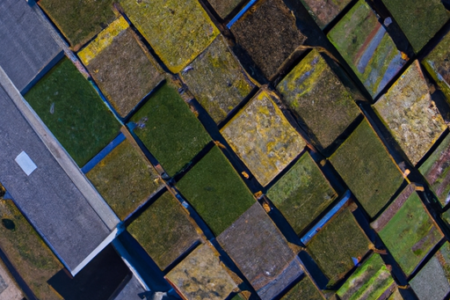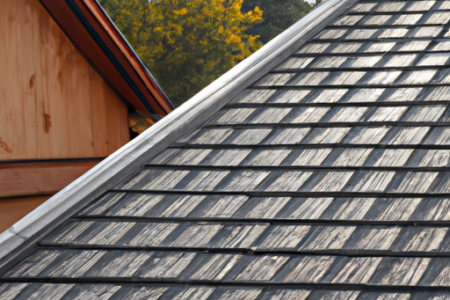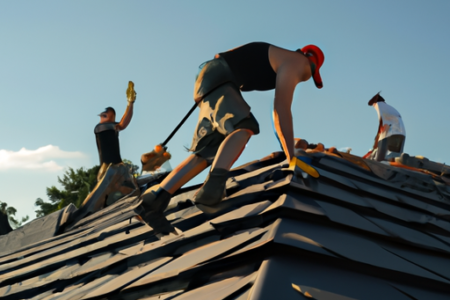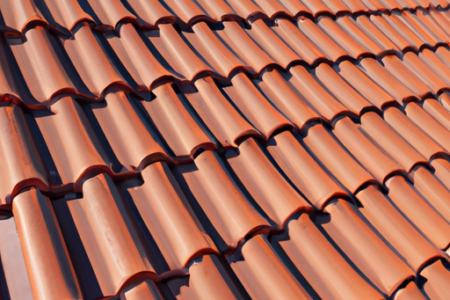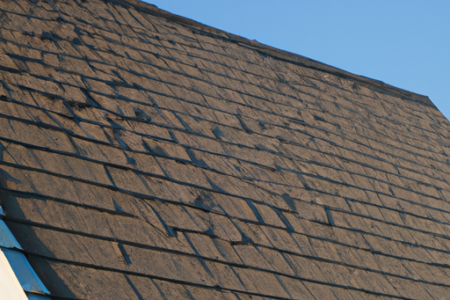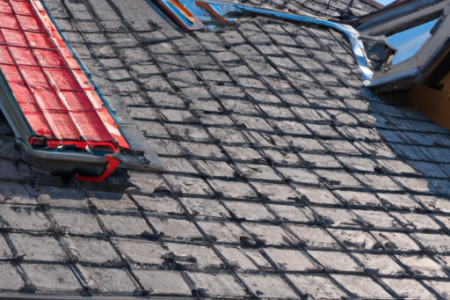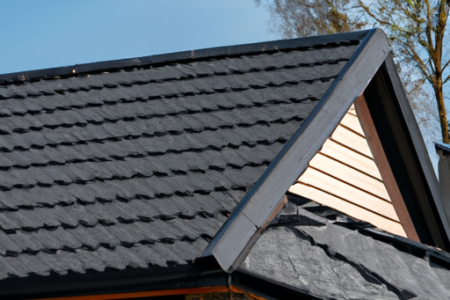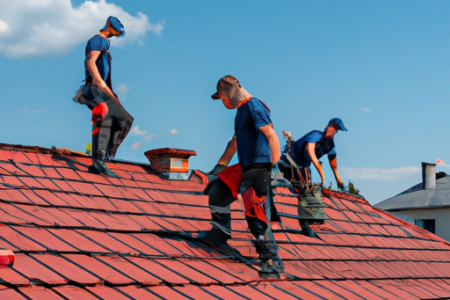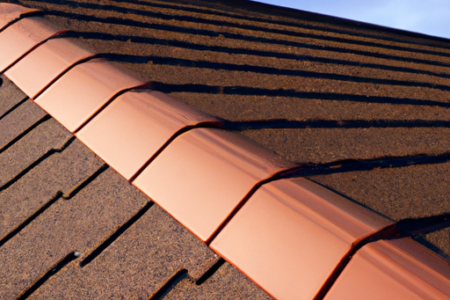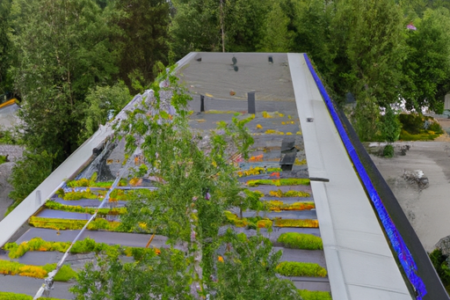The advancements in sustainable roofing materials and design have revolutionized the construction industry, prioritizing energy efficiency, resource conservation, and long-term sustainability. Eco-friendly roofing materials, such as recycled metal, solar reflective shingles, and green roofs, provide sustainable alternatives to traditional materials. Recycled metal roofs reduce waste and have a long lifespan, while solar reflective shingles minimize heat transfer and improve energy efficiency. Green roofs offer numerous benefits, including stormwater runoff reduction and habitat creation. Innovative design approaches, like building-integrated photovoltaics and proper insulation and ventilation systems, further enhance the eco-friendliness of roofs. These advancements shape the future of roof construction, making buildings more energy-efficient and promoting sustainability.
